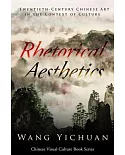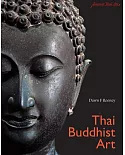Two of the most striking manifestations of Soviet image culture were the children’s book and the poster. Both of these forms testify to the alliance between experimental aesthetics and
radical socialist ideology that held tenuously from the 1917 revolutions to the mid-1930s—and did so much to shape a distinctly Soviet civilization. The children’s books and posters in
Adventures in the Soviet Imaginary plot the development of this new image culture alongside the formation of new social and cultural identities.
Described here and set in context by experts in the field, the University of Chicago Library’s collections of Soviet graphic art allow one to trace the complex relationship between Soviet
ideology and aesthetic culture over a crucial period, from the beginning of Stalin’s Great Breakthrough in 1928 to the reconstruction and regrouping that followed World War II.





















